Accurate rainfall measurement is crucial for gardeners, farmers, meteorologists, and homeowners managing water resources. With various types of best rain gauge available, selecting the right one can significantly impact your data collection and decision-making.
Understanding Rain Gauge Types
1. Standard Cylinder Gauges
The simplest and most affordable option, featuring a graduated cylinder for manual measurement. Best for casual users who don’t need automated data.
2. Tipping Bucket Gauges
Professional-grade instruments that automatically record rainfall amounts. Ideal for weather stations and serious data collection.
3. Digital Smart Gauges
Modern devices that connect to apps and weather networks, providing real-time data and historical trends. Perfect for tech-savvy users.
Key Features to Consider
Accuracy
Look for gauges with ±5% accuracy or better. Professional models typically offer greater precision than consumer versions.
Durability
- UV-resistant materials prevent fading
- Rust-proof metals or heavy-duty plastics withstand harsh weather
- Shatterproof designs for long-term use
Measurement Range
Most quality gauges measure from 0.01 inches up to 10 inches of rainfall. Ensure the capacity meets your regional precipitation patterns.
Installation Requirements
- Mounting height (typically 2-5 feet above ground)
- Distance from obstructions (at least twice the height of nearby objects)
- Level placement for accurate readings
Top 5 Rain Gauge Recommendations
1: AcuRite 00850A2 – Best overall digital gauge with wireless connectivity
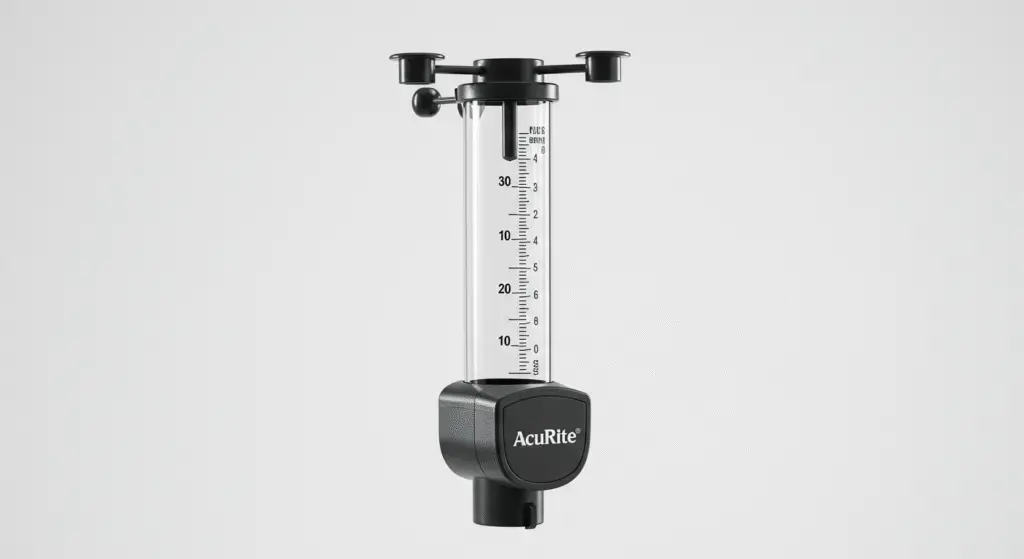
2: Stratus Precision RG202 – Professional-grade manual measurement
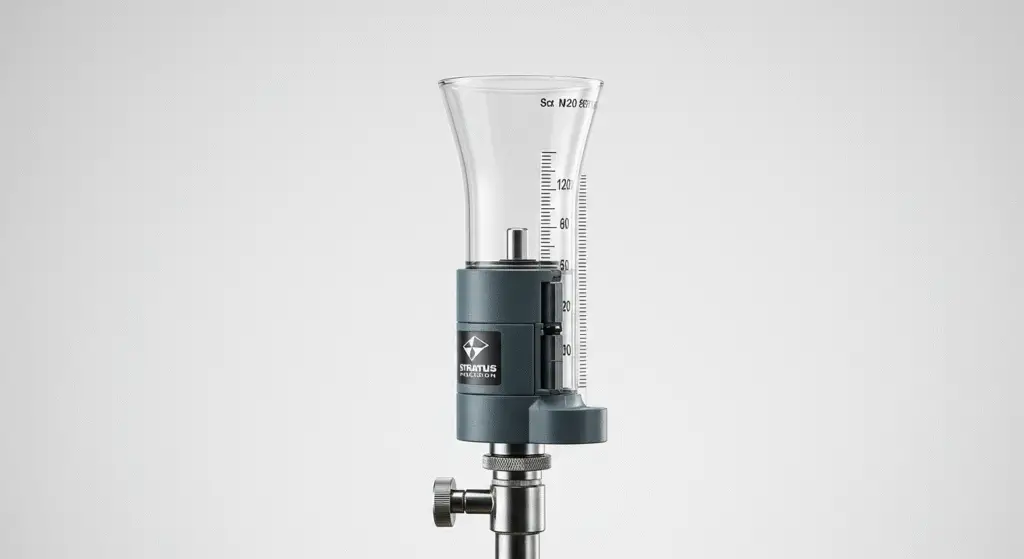
3: Davis Instruments 6466 – Heavy-duty tipping bucket design
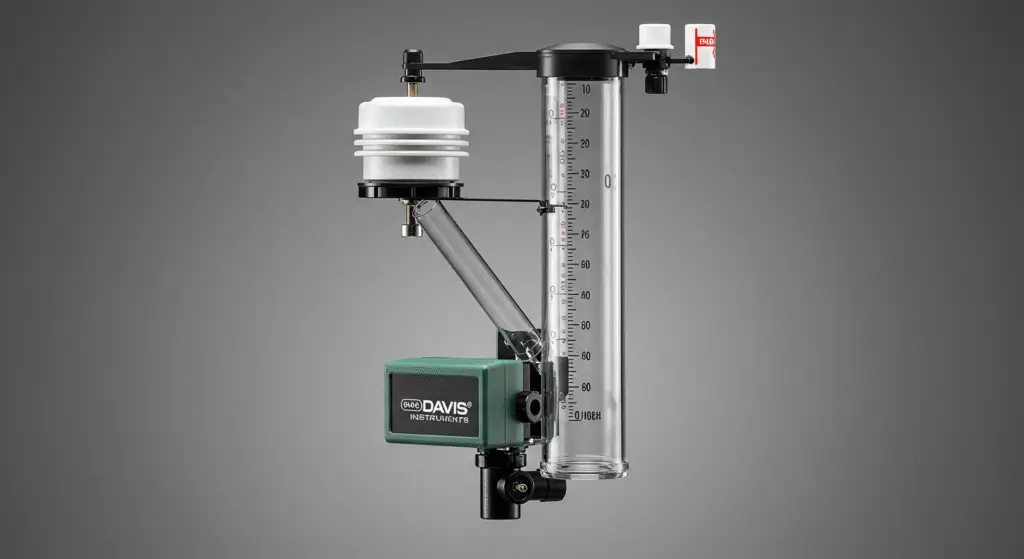
4: La Crosse Technology 724-171 – Affordable digital option with temperature reading
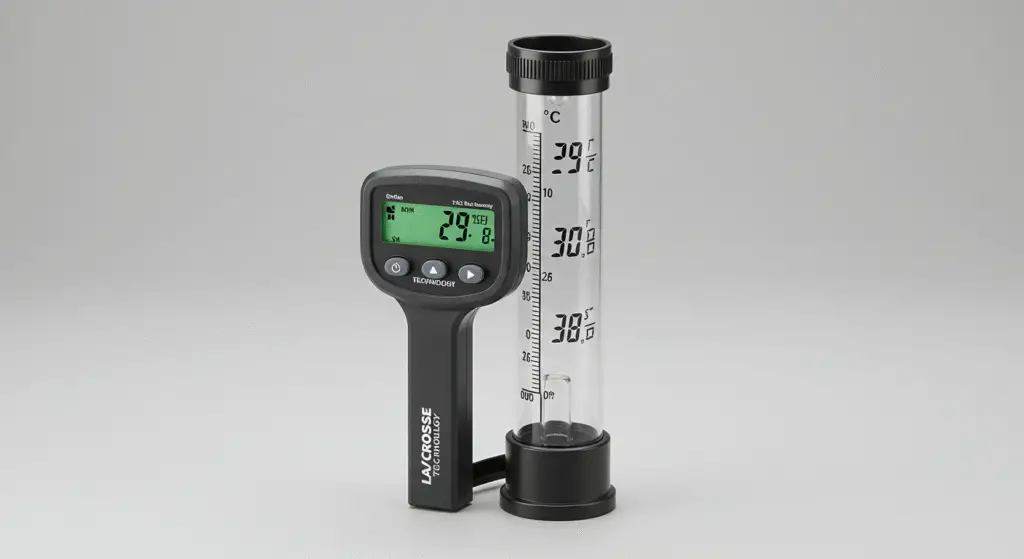
5: Jobe’s 2550 – Decorative yet functional glass gauge
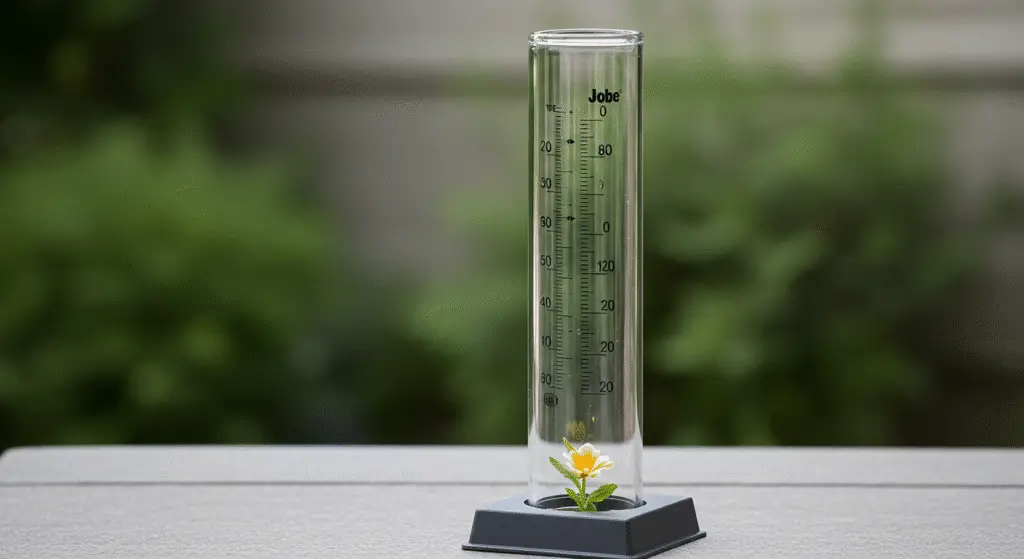
Proper Maintenance for Optimal Performance
- Clean monthly with mild soap and water
- Check for debris after storms
- Store during freezing temperatures if not winter-rated
- Calibrate annually against known measurements
Special Considerations
- Snow measurement: Use heated gauges or melt collected snow for accurate readings
- High-wind areas: Opt for models with wind shields or ground-level installation
- Remote locations: Solar-powered or cellular-connected models work best
Applications Beyond Weather Monitoring
- Agriculture: Optimize irrigation schedules
- Urban planning: Manage stormwater runoff
- Research: Climate change studies and hydrological modeling
By understanding these factors and selecting the appropriate rain gauge for your specific needs, you’ll ensure reliable precipitation data that supports informed decision-making. Whether you’re a home gardener tracking water needs or a professional meteorologist collecting climate data, the right rain gauge makes all the difference.
Pro Tip: For the most accurate readings, install your gauge in an open area at least 4 times the distance from the height of any nearby obstruction (e.g., if a tree is 10 feet tall, place the gauge at least 40 feet away).
